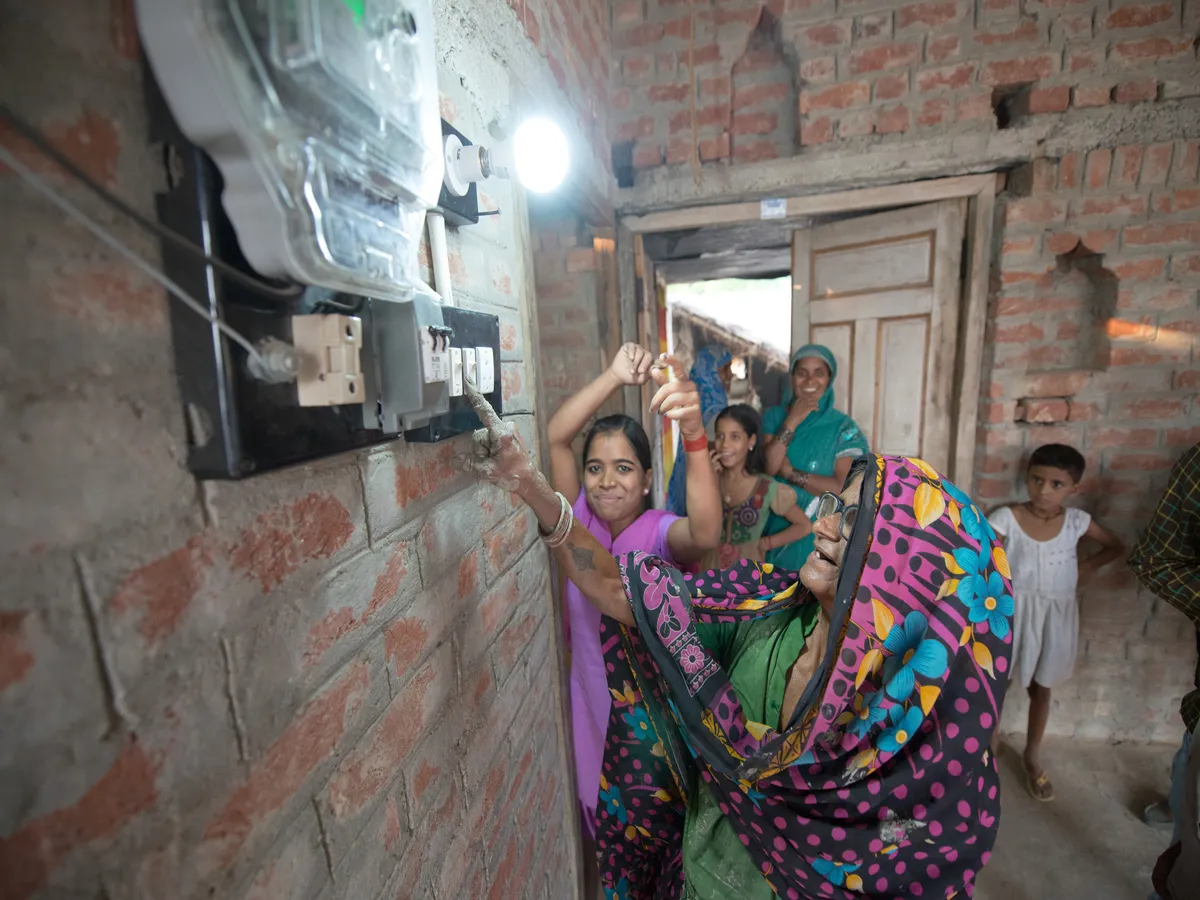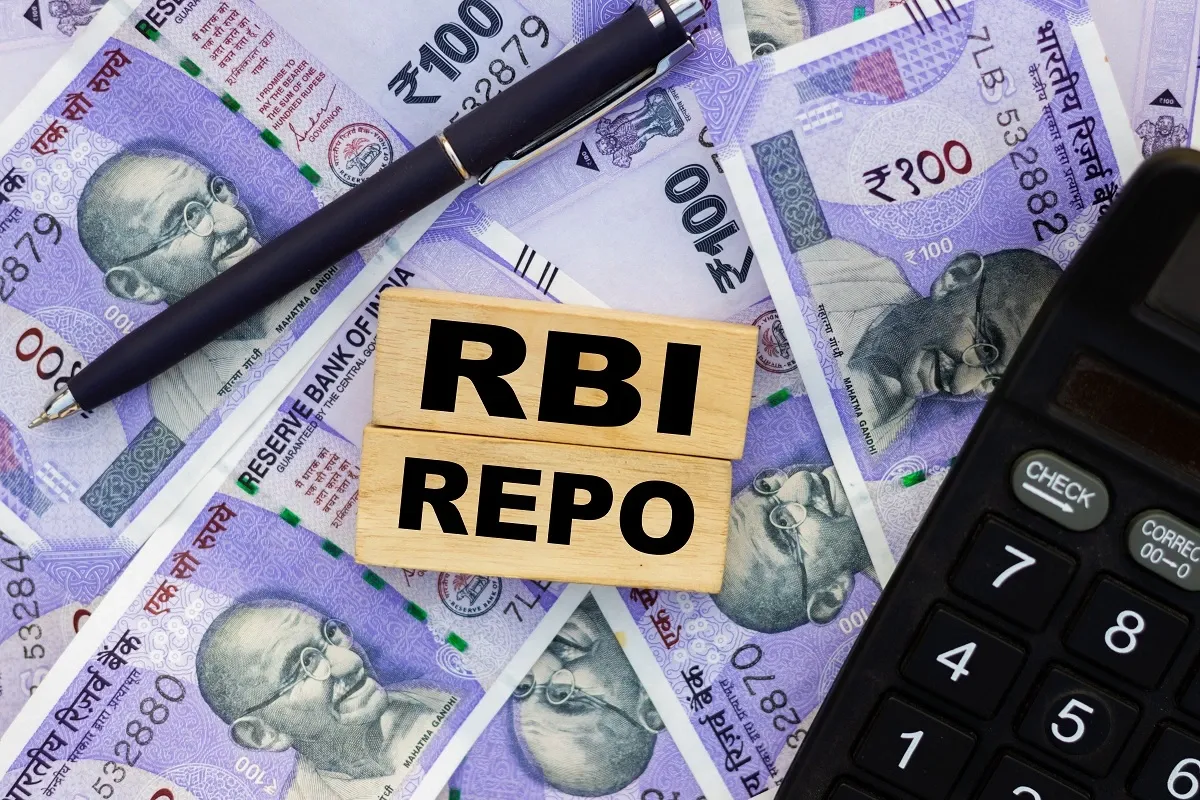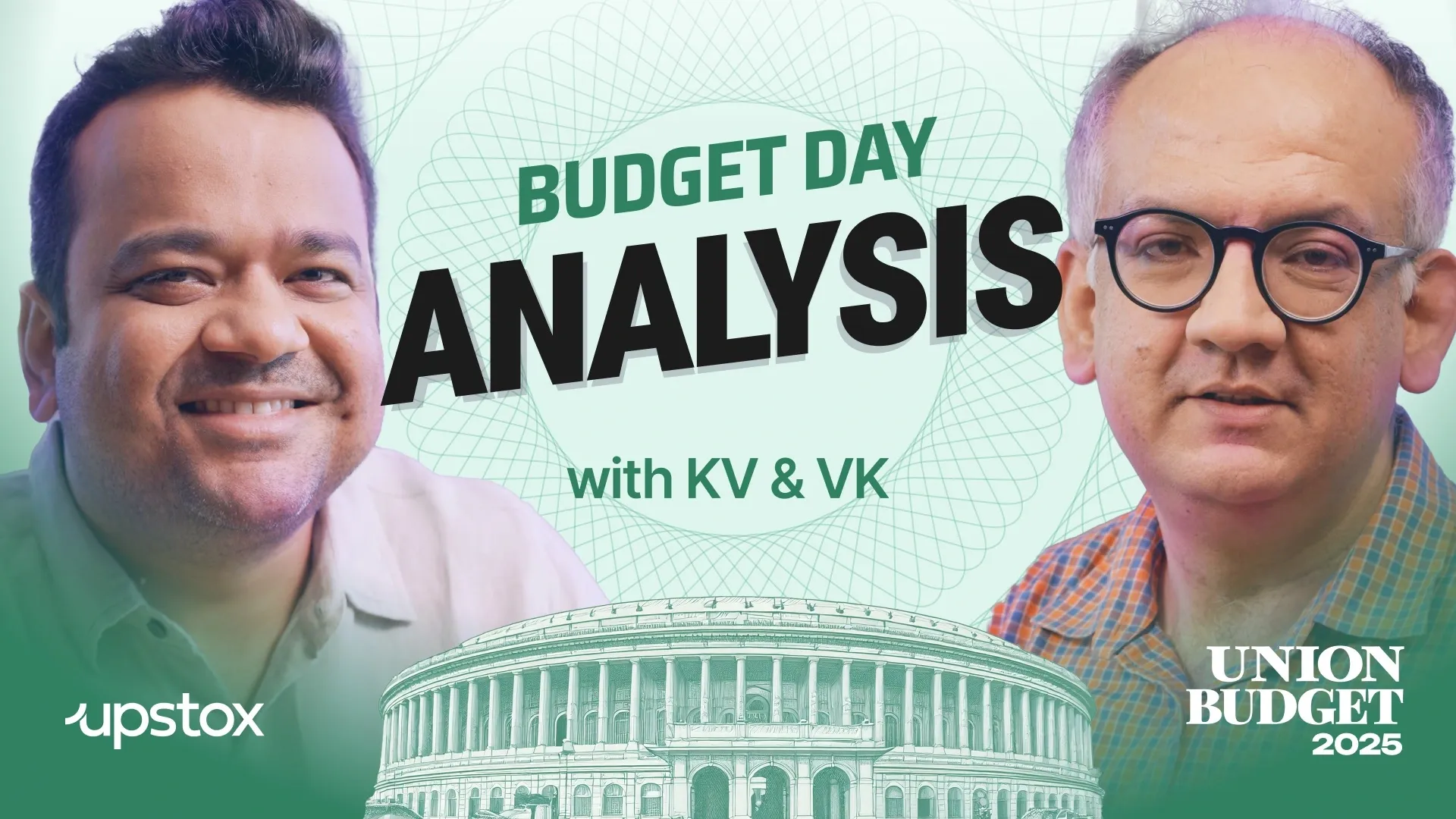Business News
India lifted 171 million people from extreme poverty between 2011-12 and 2022-23: World Bank

3 min read | Updated on April 26, 2025, 21:02 IST
SUMMARY
Rural poverty dropped from 69% to 32.5%, and urban poverty from 43.5% to 17.2%, reducing the rural-urban gap from 25 to 15 percentage points with a 7% annual decline.

World Bank said that rural extreme poverty dropped from 18.4% to 2.8%, and urban from 10.7% to 1.1%,
India has lifted 171 million people from extreme poverty in the decade between 2011-12 and 2022-23, the World Bank said.
"Over the past decade, India has significantly reduced poverty. Extreme poverty (living on less than $2.15 per day) fell from 16.2% in 2011-12 to 2.3% in 2022-23, lifting 171 million people above this line,” the World Bank said in its ‘Poverty & Equity Brief’ on India.
It added that rural extreme poverty dropped from 18.4% to 2.8%, and urban from 10.7% to 1.1%, narrowing the rural-urban gap from 7.7 to 1.7 percentage points—a 16% annual decline.
The brief said that India also transitioned into the lower-middle-income category. Using the $3.65 per day LMIC poverty line, poverty fell from 61.8% to 28.1%, lifting 378 million people out of poverty.
Rural poverty dropped from 69% to 32.5%, and urban poverty from 43.5% to 17.2%, reducing the rural-urban gap from 25 to 15 percentage points with a 7% annual decline.
India’s five most populous states—Uttar Pradesh, Maharashtra, Bihar, West Bengal, and Madhya Pradesh—accounted for 65% of the country’s extreme poor in 2011-12 and contributed to two-thirds of the overall decline in extreme poverty by 2022-23, it said.
"Nevertheless, these states still accounted for 54% of India’s extremely poor (2022-23) and 51% of the multidimensionally poor (2019-21)," the brief said adding that as measured by the multidimensional poverty index (MPI), non-monetary poverty declined from 53.8% in 2005-06 to 16.4% by 2019-21.
The brief added that employment growth has outpaced the working-age population since 2021-22. Employment rates, especially among women, are rising, and urban unemployment fell to 6.6% in Q1 FY24/25, the lowest since 2017-18.
Recent data indicates a shift of male workers from rural to urban areas for the first time since 2018-19, while rural female employment in agriculture has grown.
Highlighting the challenges that persist, the brief said that youth unemployment is 13.3%, increasing to 29% among tertiary education graduates. Only 23% of non-farm paid jobs are formal, and most agricultural employment remains informal.
Self-employment is rising, especially among rural workers and women. Despite the female employment rate of 31%, gender disparities remain, with 234 million more men in paid work.
The World Bank Poverty and Equity Briefs (PEBs) highlight poverty, shared prosperity and inequality trends for over 100 developing countries.
The briefs are released twice a year for the Spring and Annual Meetings of the World Bank Group and International Monetary Fund and help users understand a country’s poverty and inequality context at a glance and seek to keep poverty reduction on top of the world’s agenda.
About The Author
Next Story

